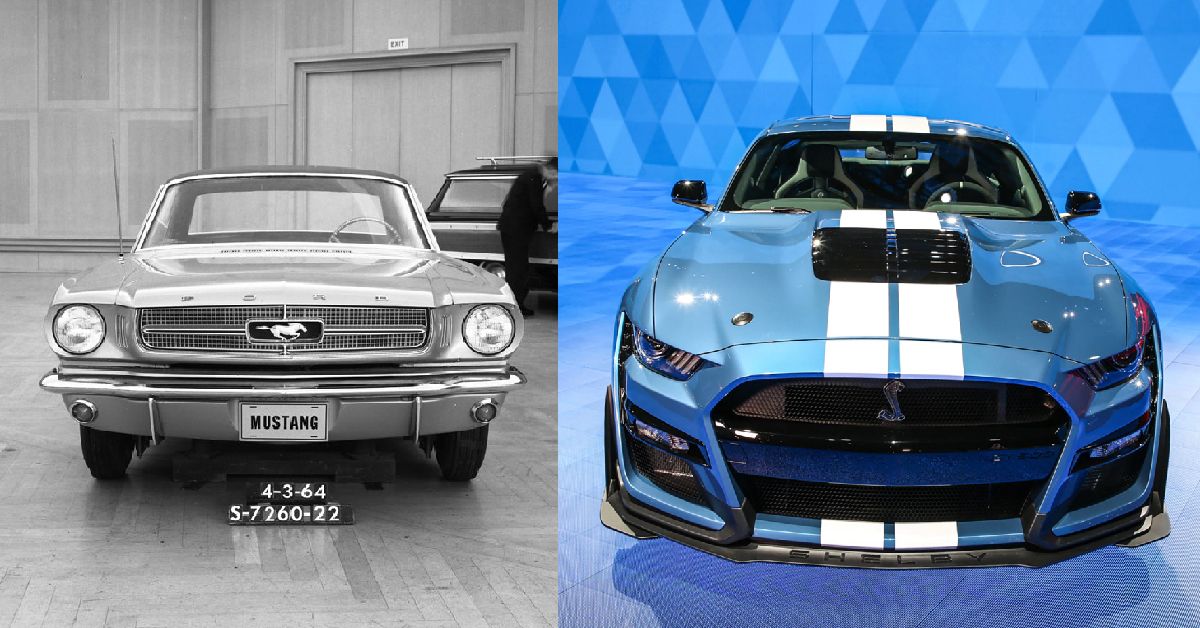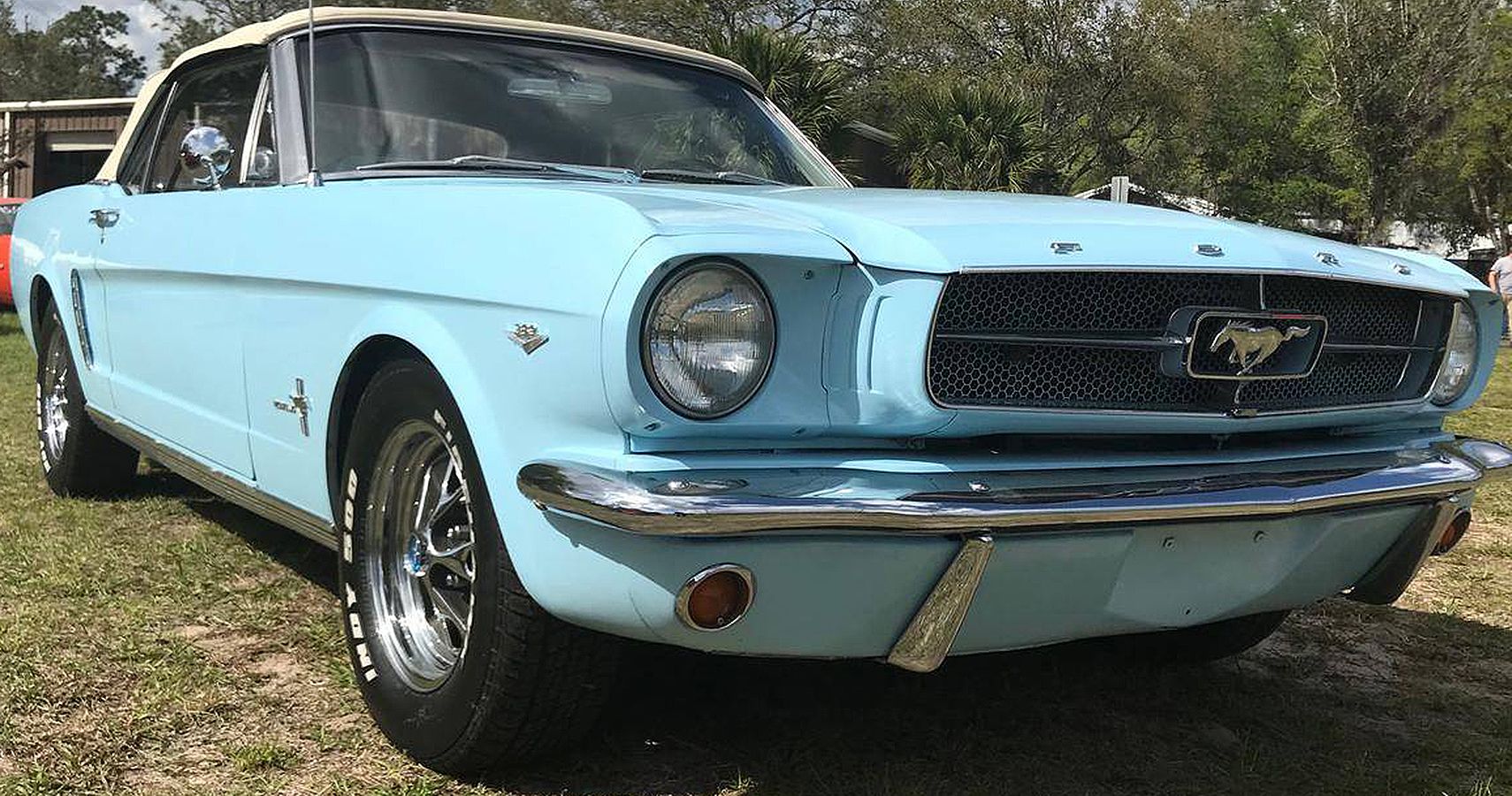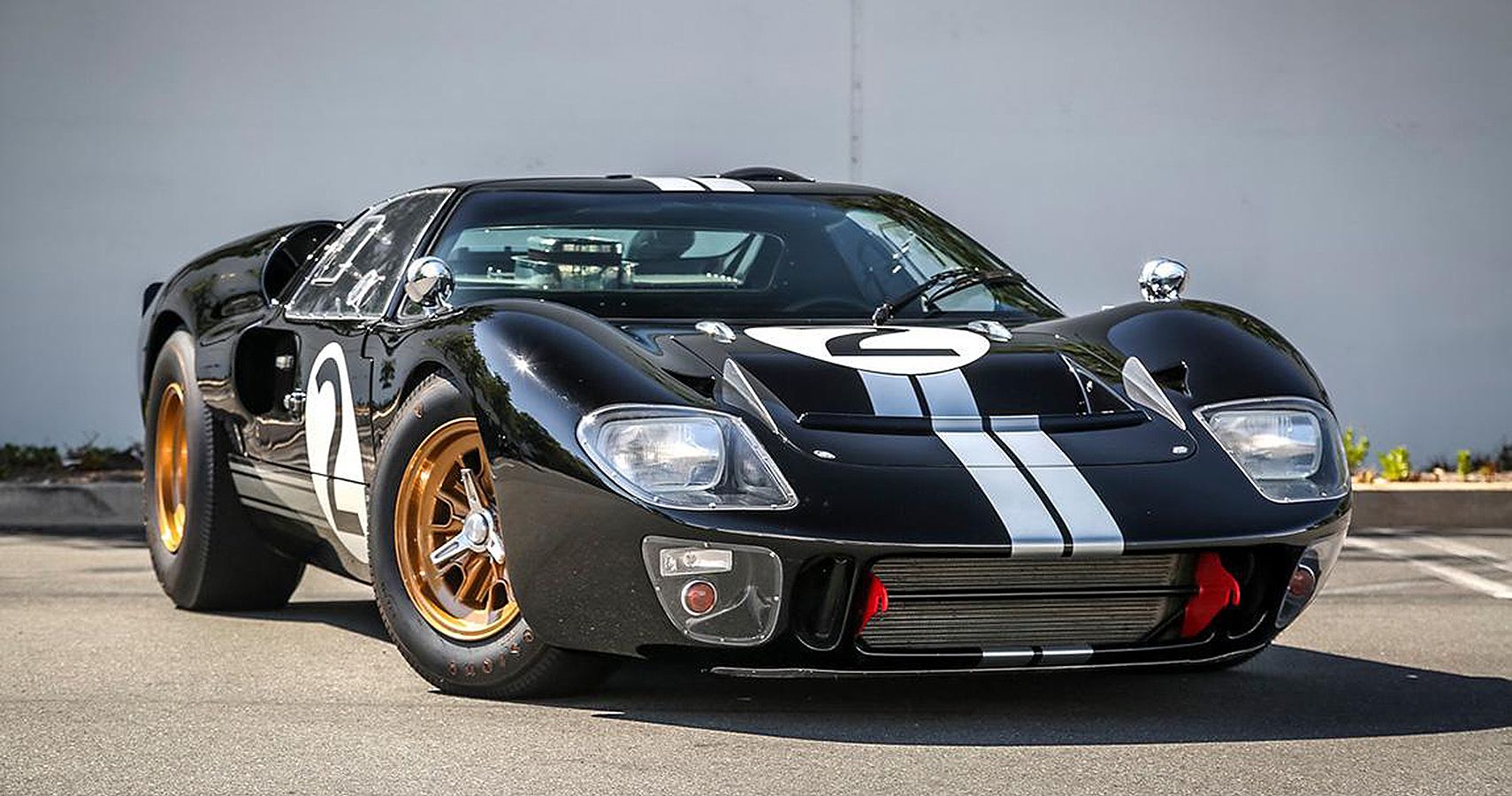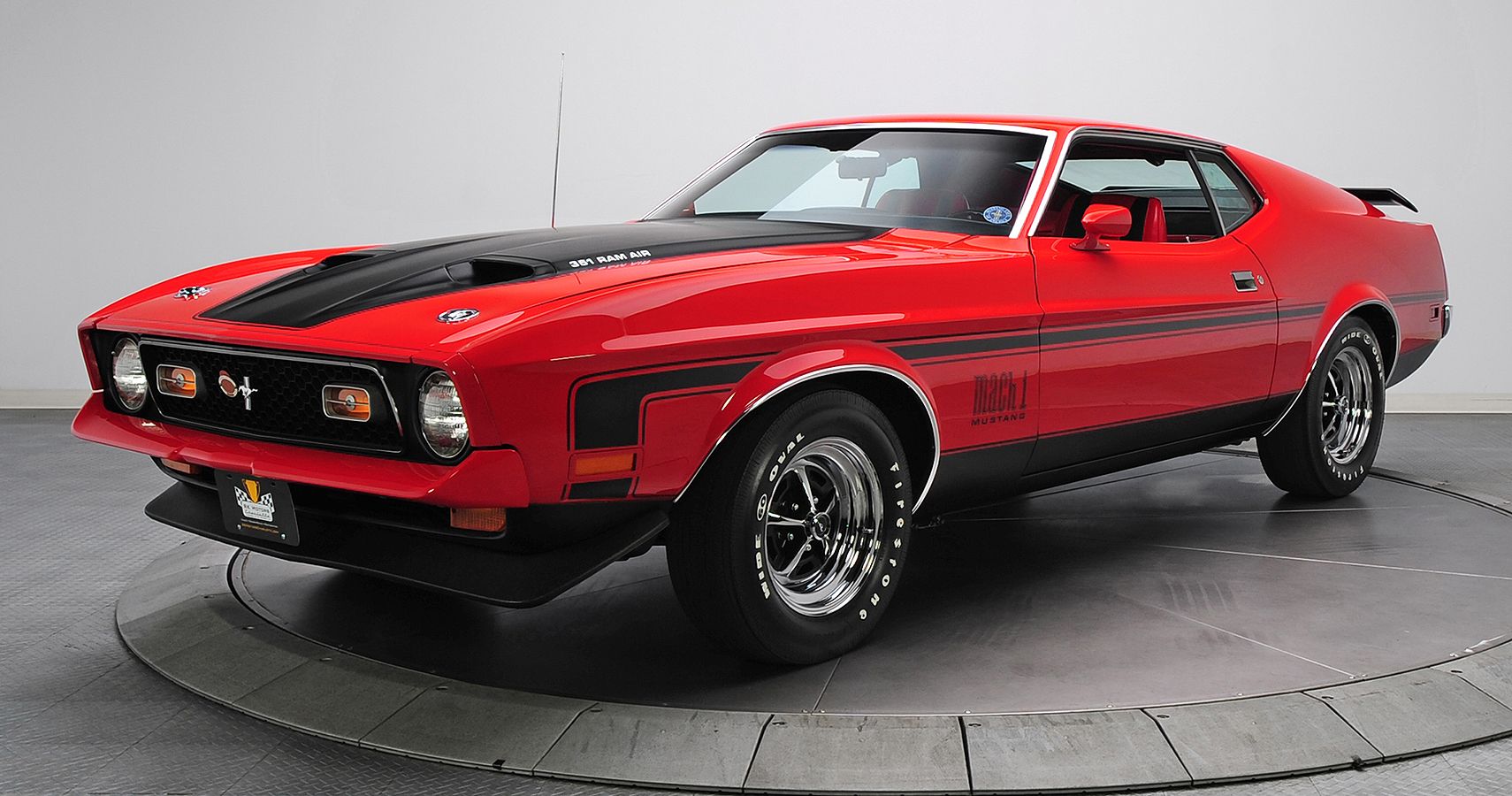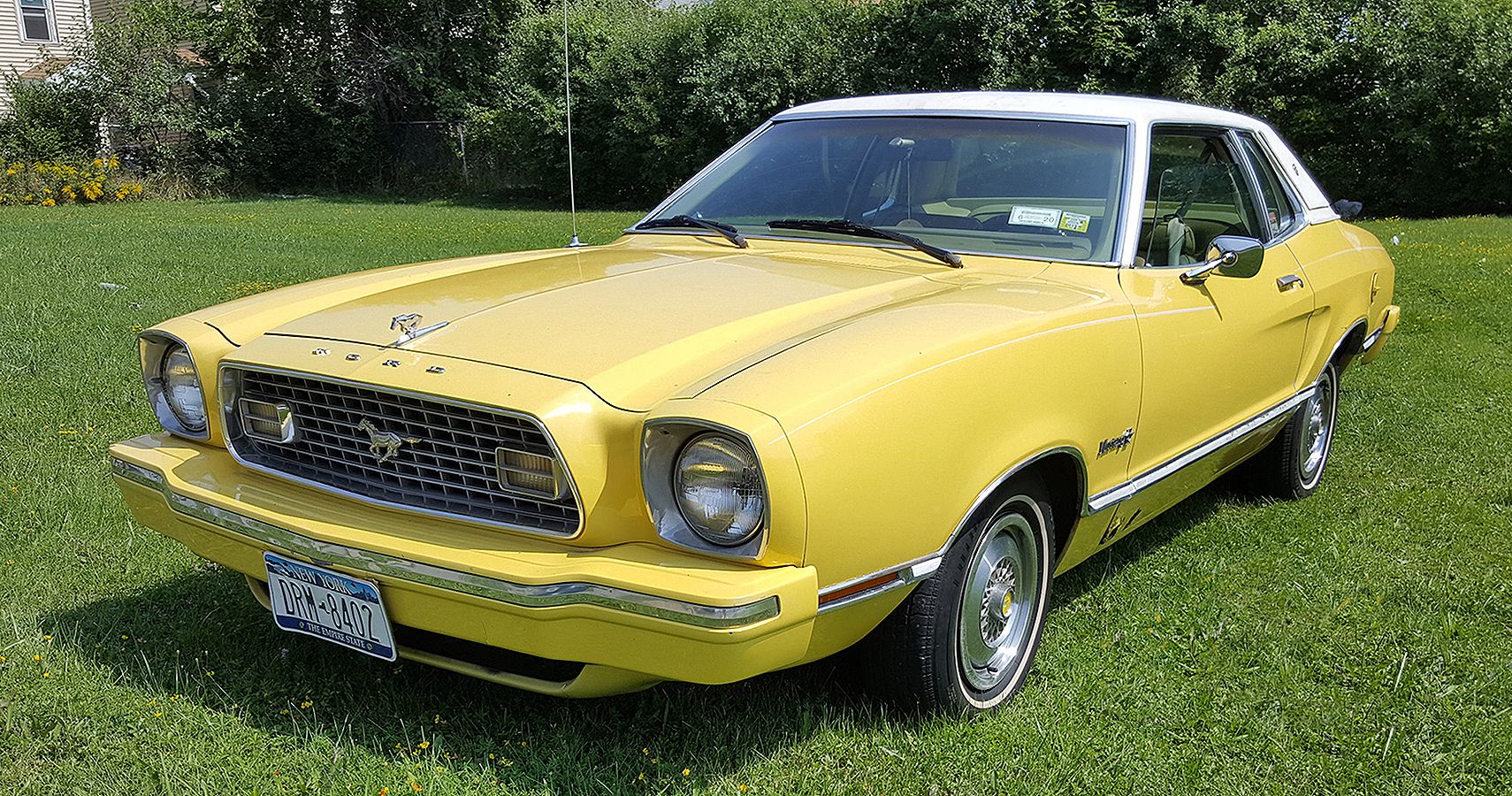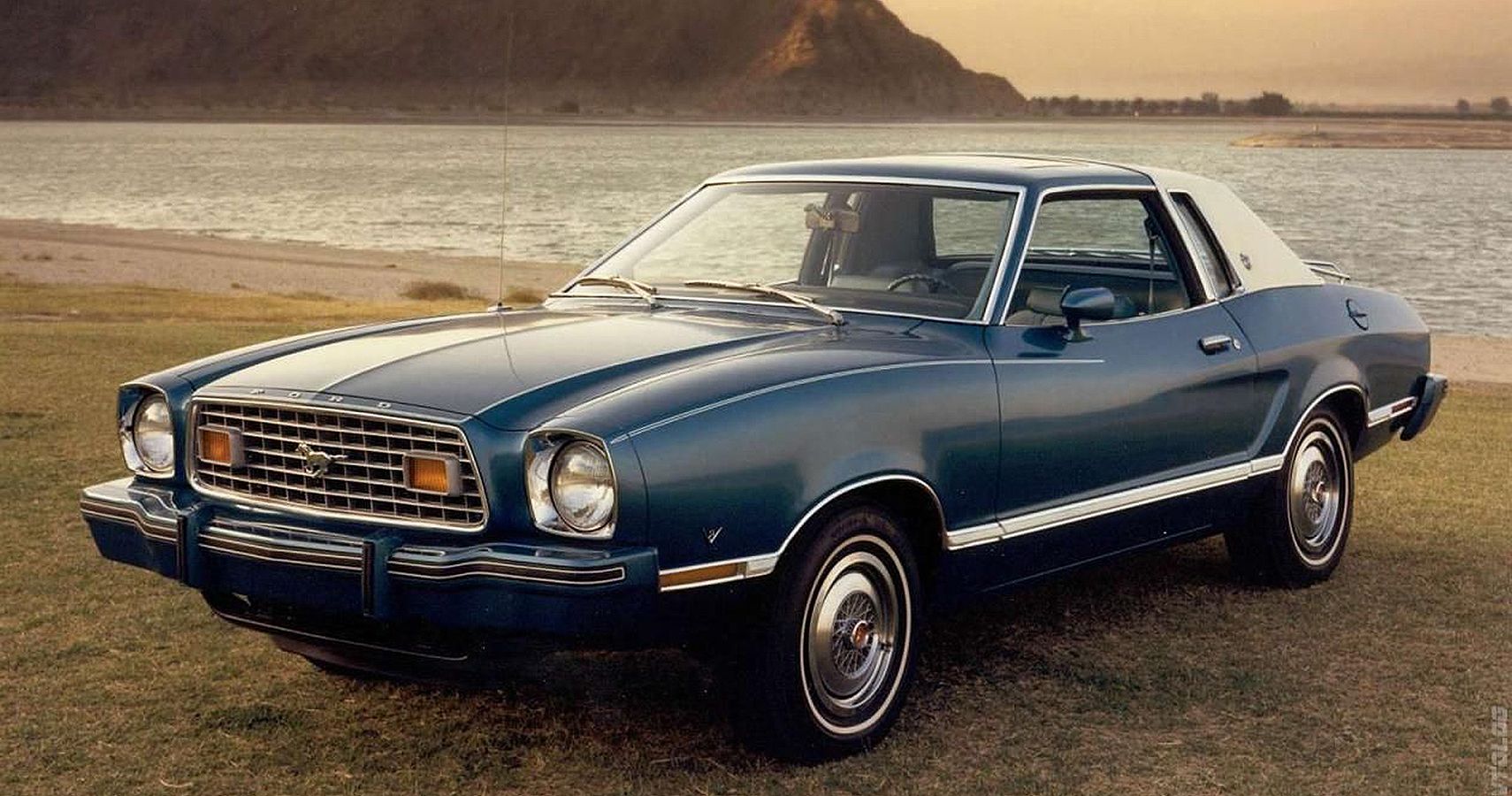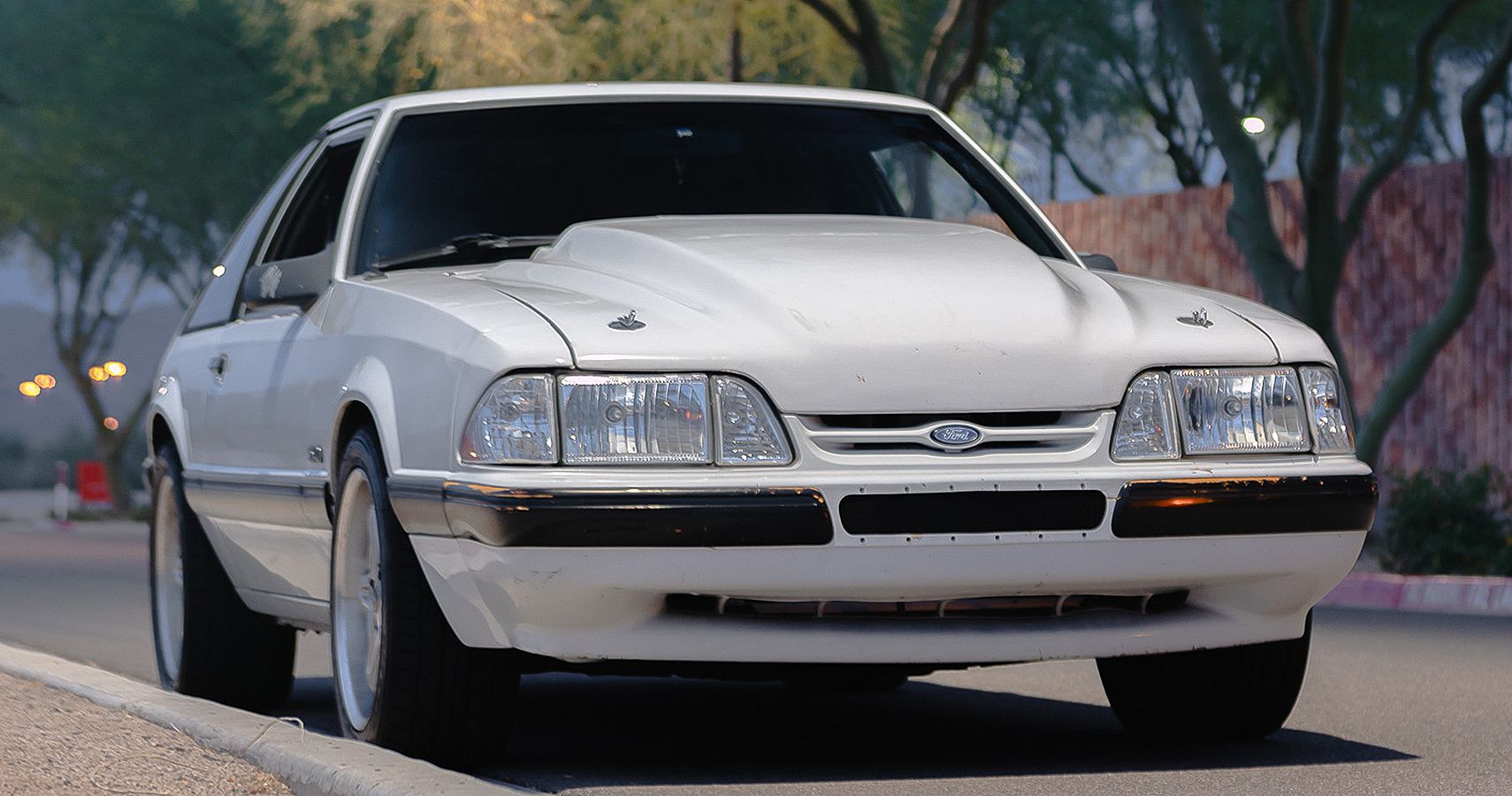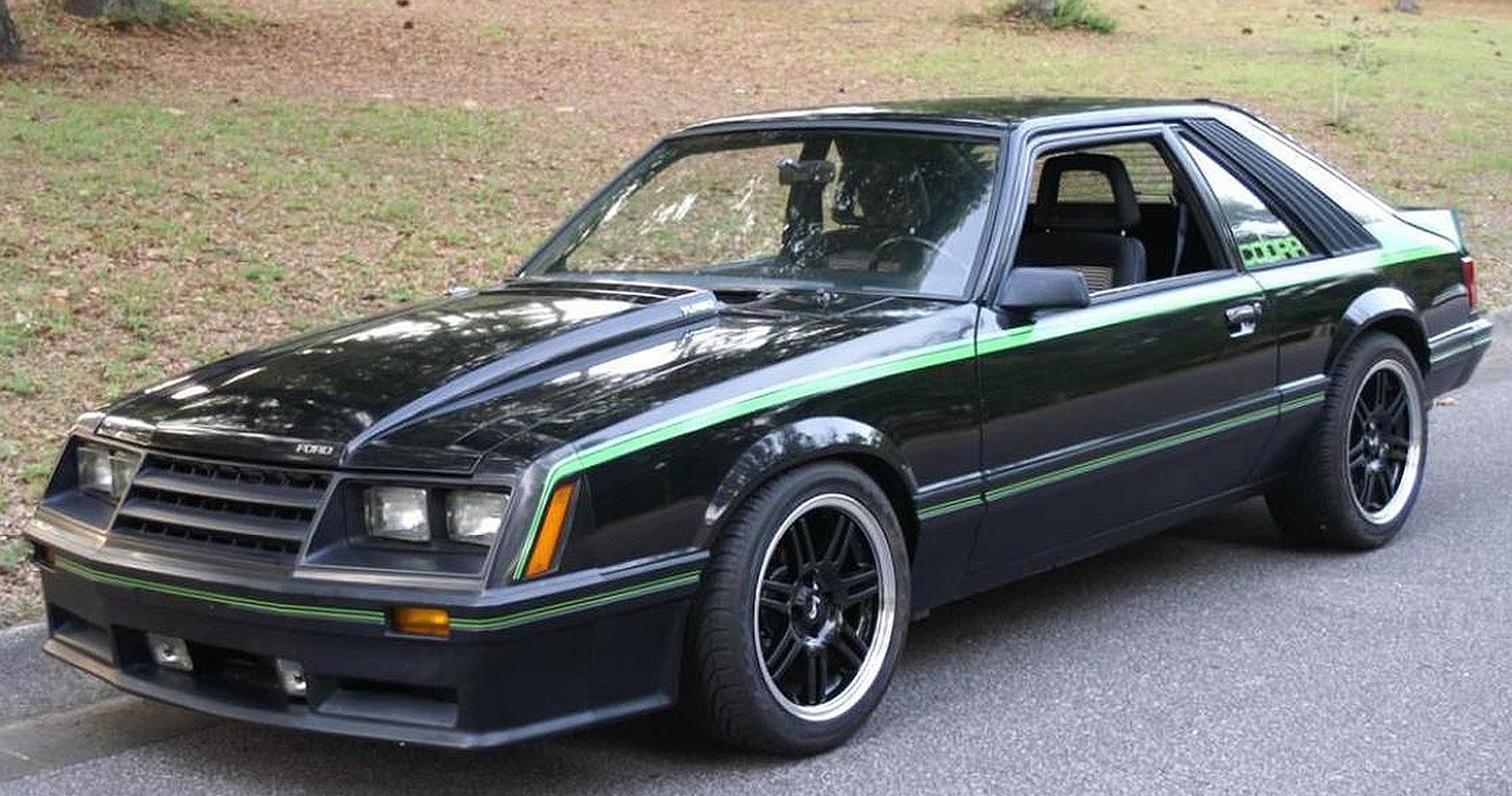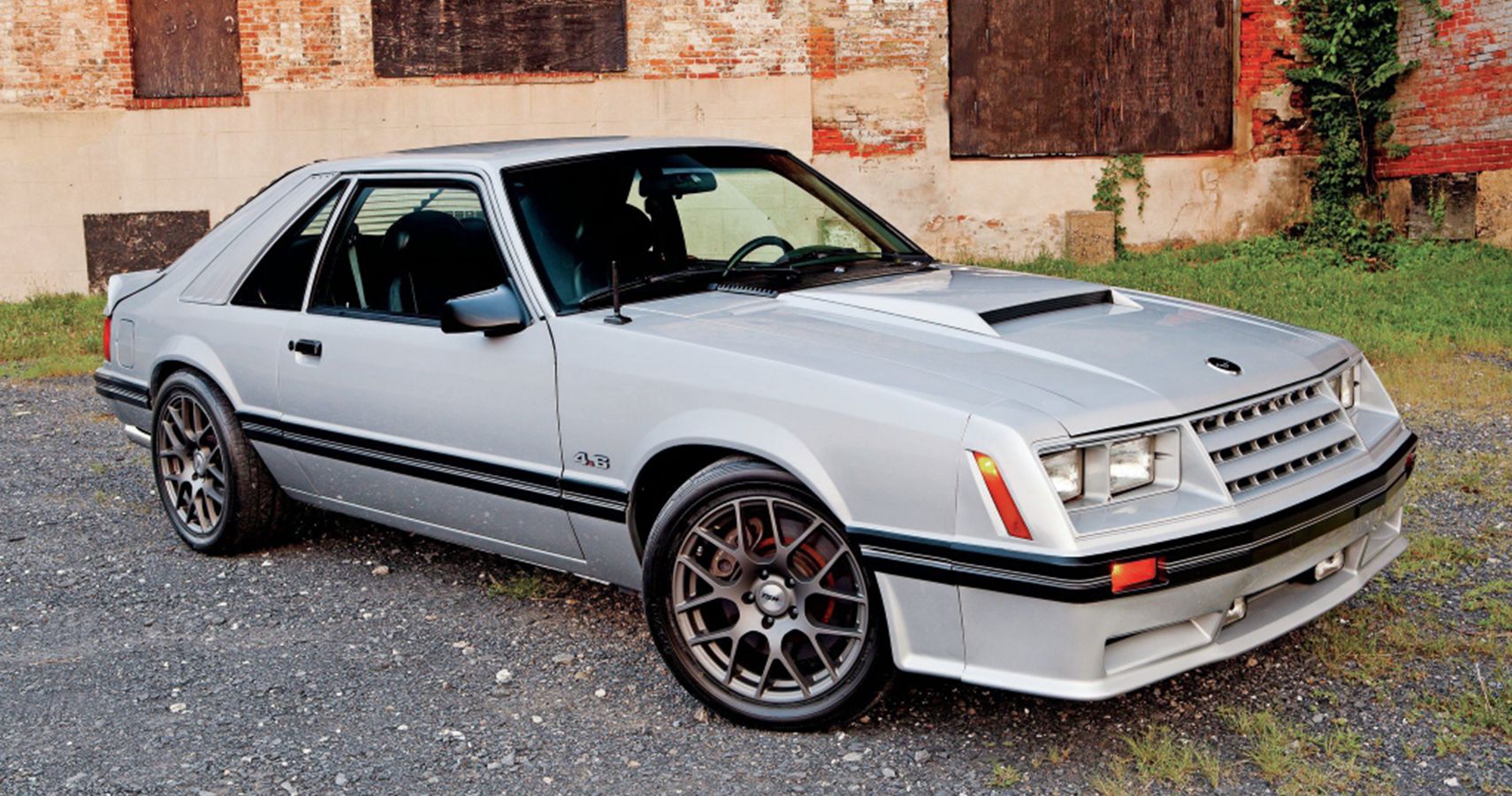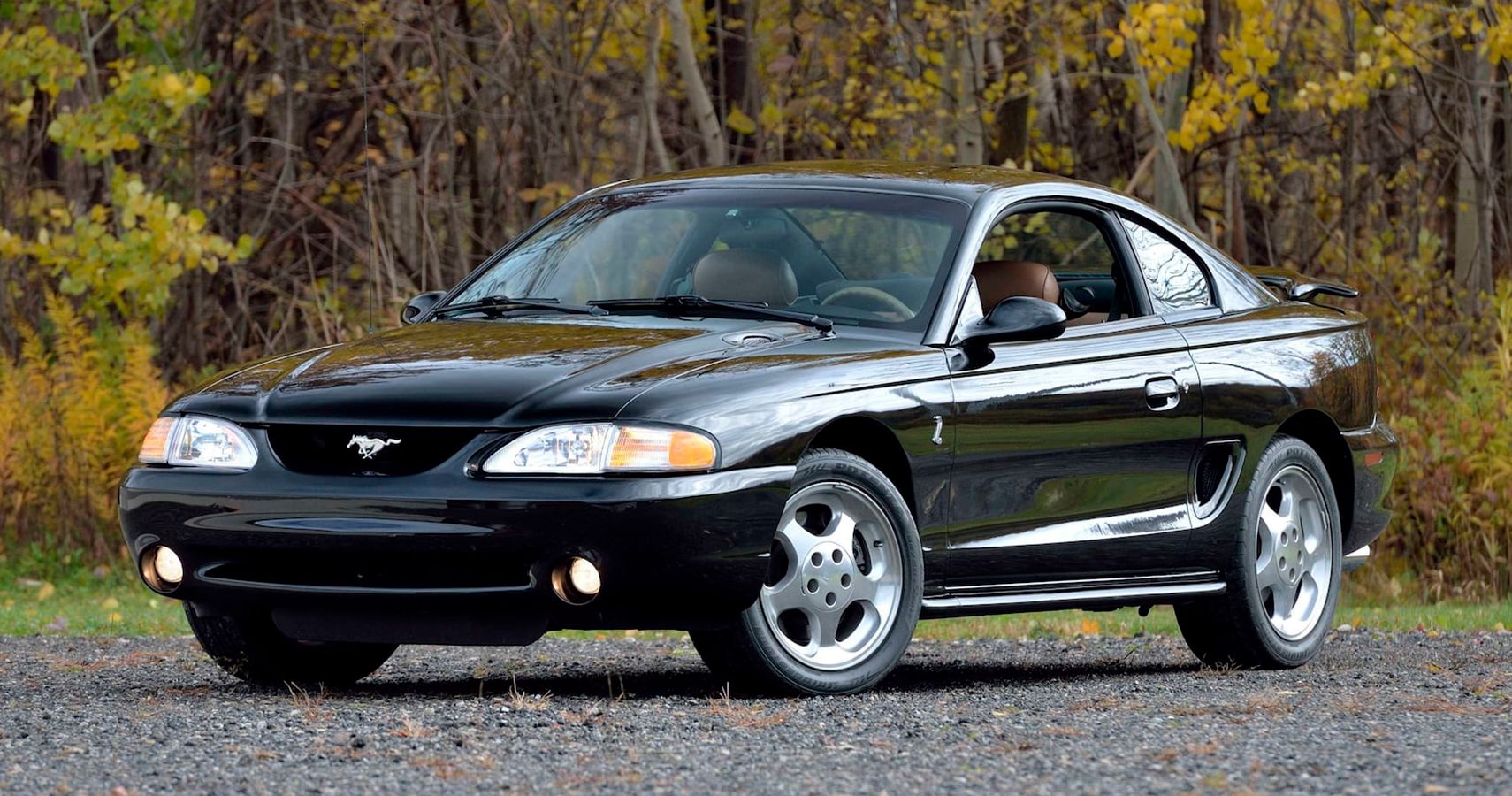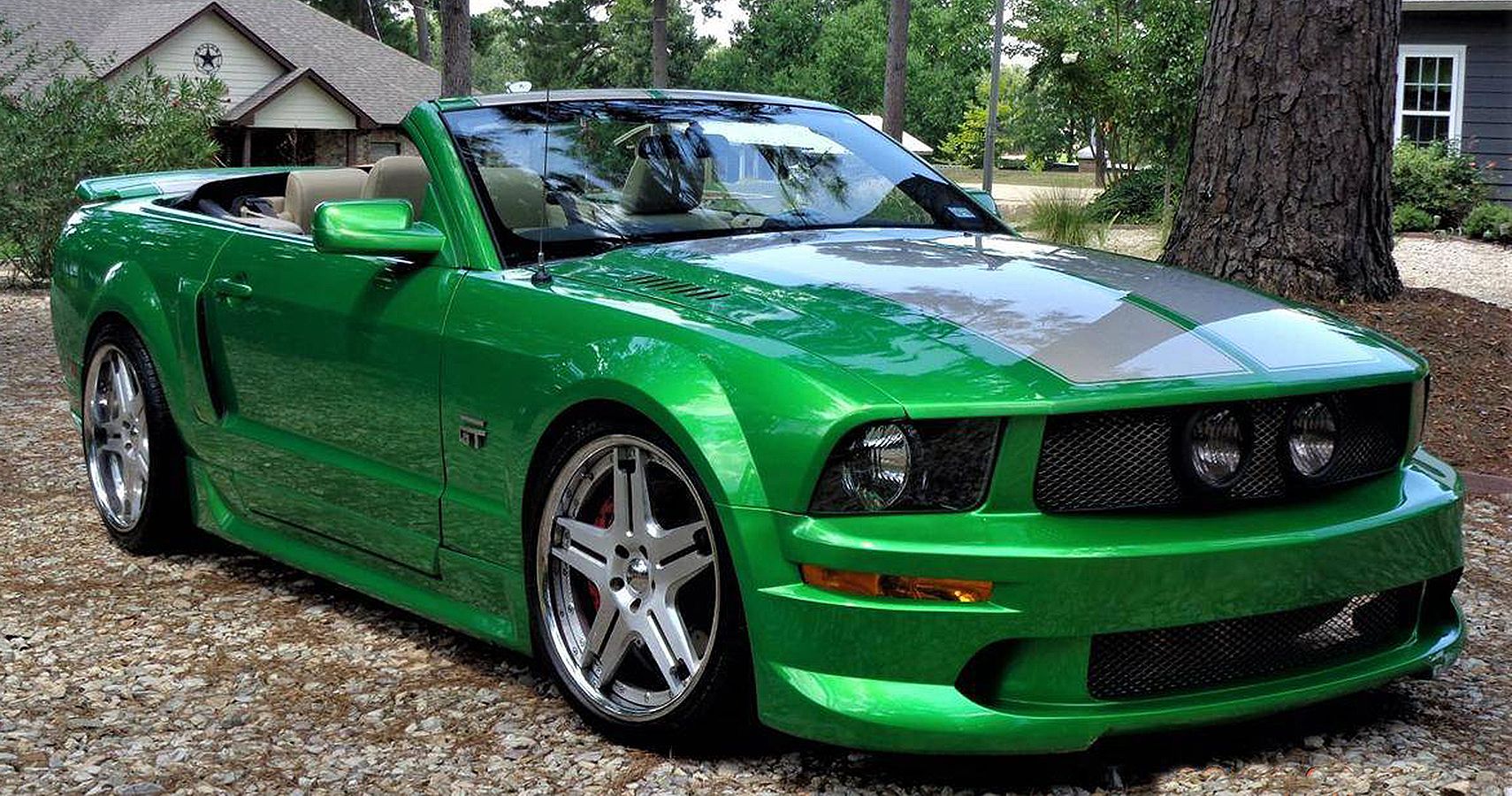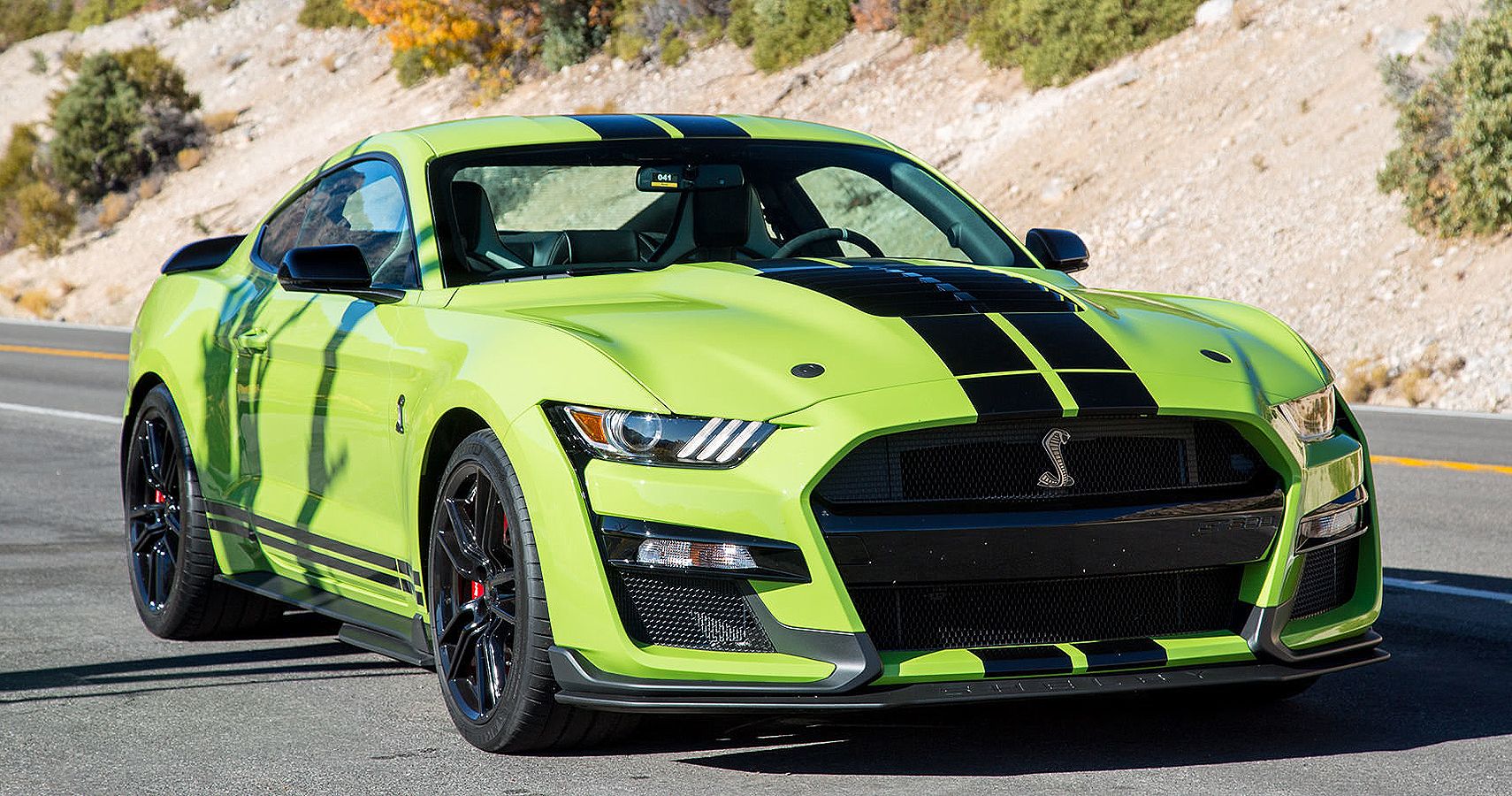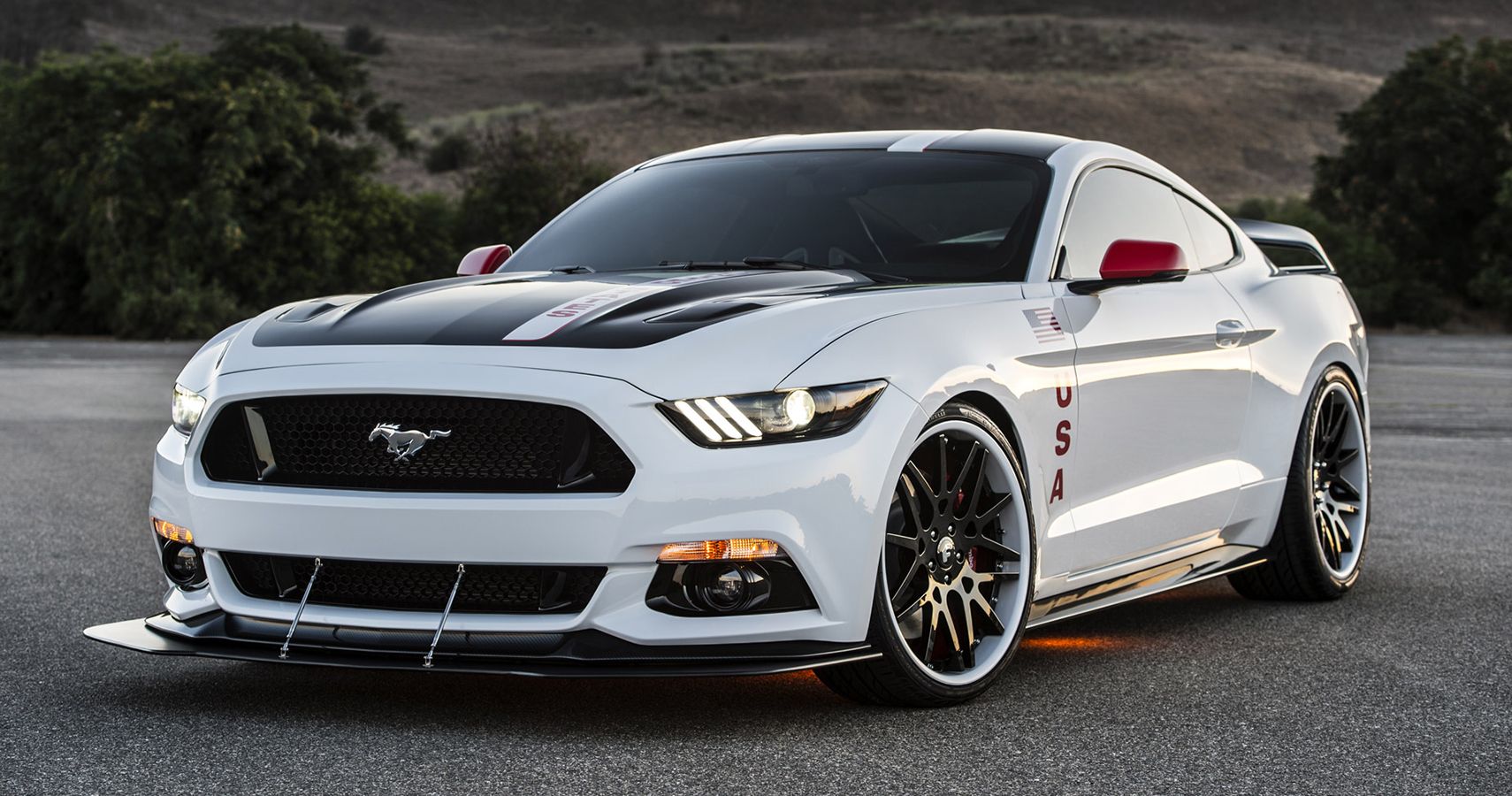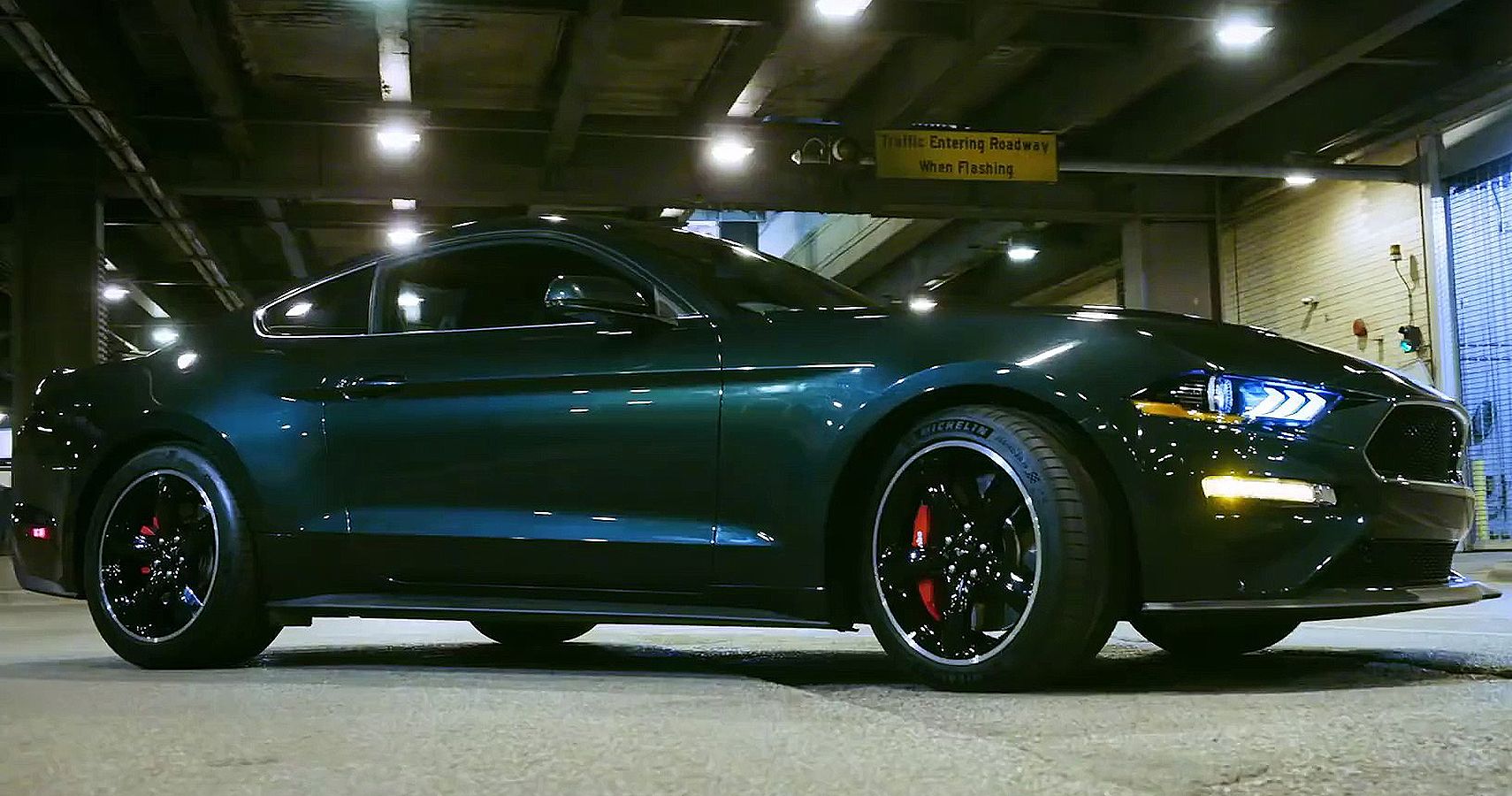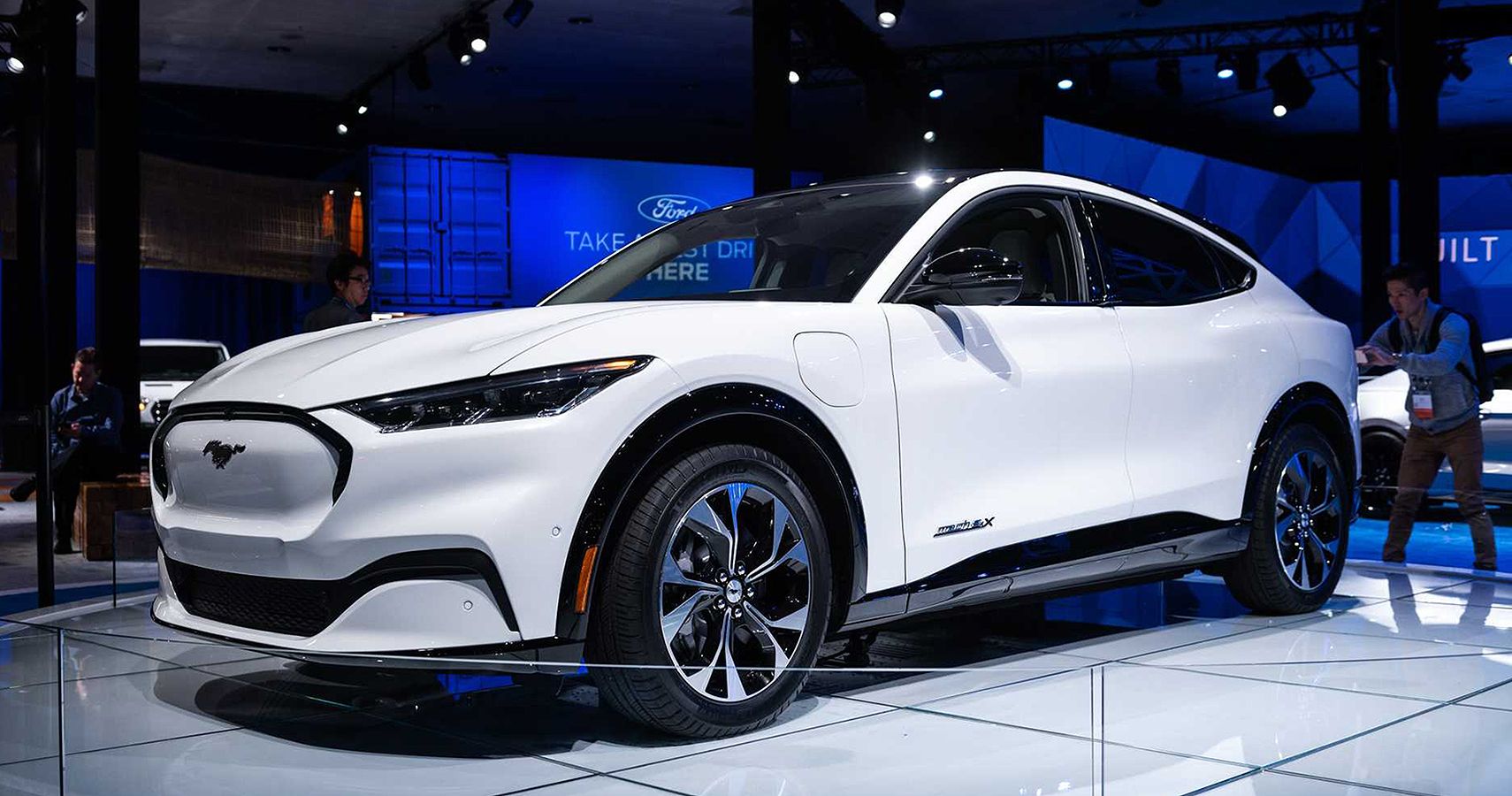What’s so special about the Ford Mustang now? Is it its looks? The engine power and road handling? Or its undeniable legacy? To be honest, the Ford Mustang is no ordinary car. Sure, there may be faster and more powerful cars out there, but the Mustang is the car that started it all. There were muscle cars before it, including the Plymouth Barracuda that preceded it by just a few days. And even in the ‘40s and ‘50s, the Oldsmobile V8s did offer great power in brutish cars. But it was the Mustang that started the whole muscle car fad.
And they came like sheep to the fodder once the Mustang came out. AMC, Chevrolet, Plymouth, Buick, Chrysler – they all came out with their versions of muscle cars in the market. But the Ford Mustang was the undeniable leader of them all, like a firstborn to its rightful throne.
Of course, as is with many long-existing nameplates, some models take the legacy a few notches higher while others rub their noses in the dirt. But the fact remains, the Ford Mustang has been a long-term survivor of ups and downs, and owning one puts you in the league of the greats. Here’s what the legacy of the Ford Mustang looks like...
From Concept to Creation: The Ford Mustang 1964½ (1964-1974)
The first Mustang was a concept car in 1962, based on the Ford Falcon and was originally a two-seater. By the time of the 1964 launch, it became a four-seater. It was launched on April 17, 1964 – 16 days after the launch of the Plymouth Barracuda and came to be known as the 1964½ car, although all models were 1965 models. Sales were through the roof – within the first two years, more than a million Ford Mustangs found happy drivers.
While many associate the name, the Mustang, with that of a feral stallion, some say the car’s nomenclature came from stylist John Najjar who was very fond of WWII P-51 Mustang fighter plane. Others say it came from the horse-loving Robert J. Eggert, Ford’s divisional manager. Of course, not many would know, but many liked the Cougar nameplate as well. But had the Ford Mustang been the Ford Cougar, would it still have been up and at it for the last five decades and counting?
The 1964½ Ford Mustang gave out nothing more than 101 in horses on a six-cylinder engine, and 160 horses with the V8. By the next year, the horsepower figures had increased to 120 and 220 respectively and the Mustang began to inflate, in size and power.
And in the 60s itself who could forget the legendary Ford GT40? This was the car Lee Iacocca and Henry Ford II, along with Carroll Shelby and Ken Miles, pitched against the reigning racing champions, Ferrari. And the Mustang GT won the coveted trio of LeMans, Sebring, and Daytona in 1966, and continued its winning streak till 1969.
The specialized models began to roll in: the Mustang GT, Mach 1, Boss 302 and the Boss 309. But by 1971-72, sales began to dip. Emission norms changed, the oil crisis was on the horizon and the Mustang had grown fat and lazy.
1974-1978 Mustang II – Ford’s Savior
This was the time when the Ford Mustang lost a massive amount of muscle. Sadly, this was also the time when the Mustang switched loyalties from the Ford Falcon’s platform to that of Ford Pinto. The Mustang was now a small and rather fuel-efficient car. Tragically, adherence to emission norms made the Mustang heavy and with smaller engines, this was no muscle or even pony car anymore.
The 2.3-liter inline-four, the 2.8-liter V6, and even the 4.9-liter V8 could produce only 87-140 horses, so clearly, the Mustang II was a weak car, at best.
And yet, it sold like hotcakes because it was still a Mustang and associated with muscle, and having a small fuel-efficient car was the need of the day. This was the car that kept Ford afloat during a time no one wanted cars because they were boring, drove boring, and also because the oil crisis was threatening to wipe away gasoline for good, thus making cars redundant.
Other notable models of this time were the luxury-inclined Ford Ghia as well as the Cobra II and the King Cobra, the last of which was stood at only 4,972 in production numbers.
1979-1993 Ford Mustang Generation Three: Fox Body
With the oil crisis stabling, the Mustang expanded its body size again. Now it was a larger car, having moved on to the Fox-body platform with the same engines from the previous generations having been carried over.
For better horsepower, the 4.2-liter V8 Cobra models were ideal and they carried on till the early 80s with a peak horsepower of 122.
By 1982, the Cobra Mustang was retired in favor of the Mustang GT, which made its return after a gap of 13 years. This 5.0-liter V8 models also became the basis for the SSP Mustangs used by the police authorities later.
Generation Four Ford Mustang: 1994-2004 Intermediate Years
The styling changed again and the Mustang was less edgy and more wrapped. Horsepowers were on the rise and began to reach 260 in the V8s and 320-390 in the special Mach and Cobra models. The Ford Mustang convertible also made a return, and the interior dual-cockpit style debuted as well.
The Edgier Years: 2005-2014 Fifth Gen Mustang
The styling changed again, this time to “retro-futurism”. The Mustang design was a modern ode to the original of the ‘60s and looked far more menacing than the fourth-gen sedan-ish looks. The front grill was mow-you-down bold and the base model itself made 210 horsepower. The top trims crossed 300 horses and soon the torque began to rise and the drag co-efficient was brought down.
The Shelby GT500 was a notable model of these years, going all the way up to 550 horses and 510 ft-lb torque on a 5.4-liter supercharged V8. Another powerful model was the Mustang Boss 302 rated at 444 horses.
2015-Present: The Sixth Generation And Beyond
Automatic transmissions, better engines, a wider and lower-riding body made the sixth-gen Mustang the best till now, despite all the recalls that affected it.
The 2018 Bullitt model, as well as the 2019 Shelby GT350 models, are notable in recent times. Everyone now awaits the seventh generation of the Mustang – for who knows what the future may bring?
And then is Ford Mustang’s latest e-direction, the announcement of the Ford Mustang Mach-E in November 2019. It is not related to the pony car of yore, but bears the nameplate and is an electric crossover vehicle. Who knows what directions it may take, and what legacy it may create?

